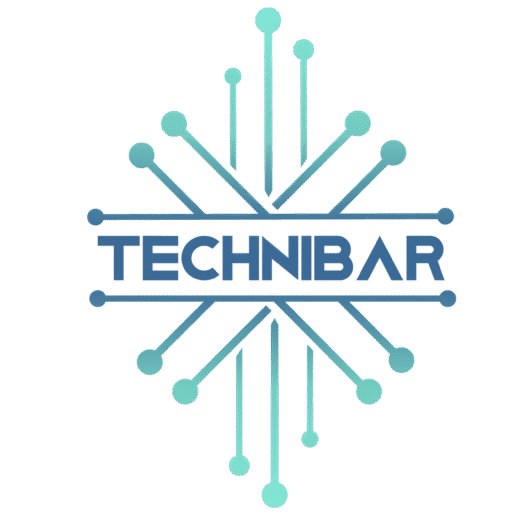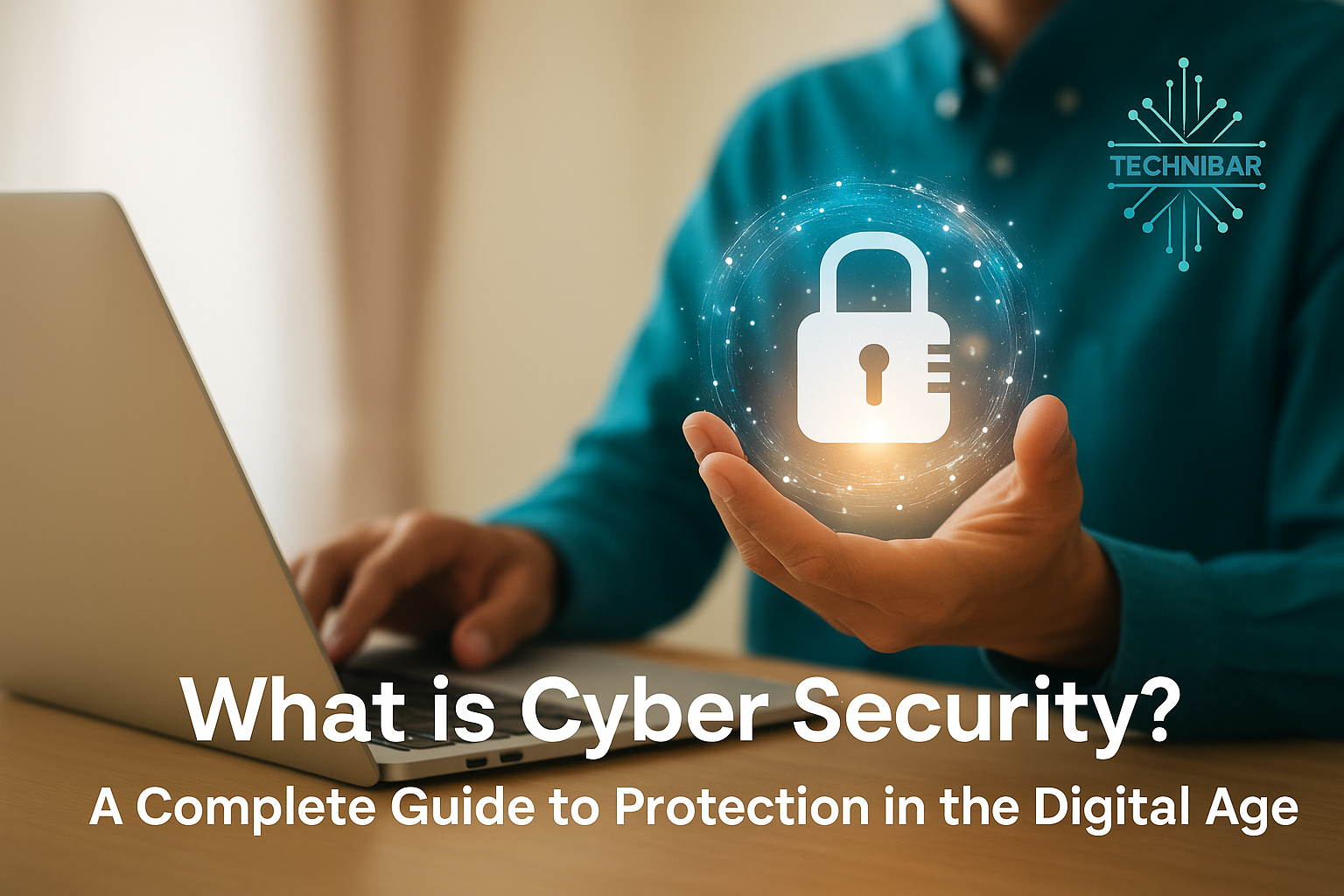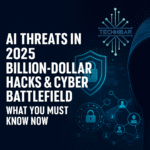Cybersecurity is the work out to protect organizations. It individuals to digital assets from malicious online enterprises. As cyberattacks continue to grow in complexity. The prevalence, protecting networks, systems and data. It has become a reproving necessity for every business. Modern enterprises face filling out risks due to expanded digital ecosystems. Remote work and interconnected technologies.
Why Cybersecurity circumstances in 2025
The significance of cybersecurity in today’s threat habitat cannot be overemphasized. Data breaches, ransomware attacks and phishing campaigns are no longer isolated incidents but daily actuality for businesses worldwide. According to the 2025 Check Point Cyber Security Report, Agencies now face an average of 1,673 cyberattacks per week. a 44% increase compared to the foregoing year. This surge is linked to the growth of network infrastructures. The cloud adoption and a flourishing cybercrime marketplace.
Failure to begin strong security practices exposes businesses to:
- Data leakage and financial losses.
- Recognition harms leading to customer distrust.
- Administrative fines for non-compliance.
- Operational downtime due to service disordering.
On the however, robust cybersecurity license:
- Protection of diplomatic information
- Continuity of services with least interruptions
- Compliance with data security laws
- Safe assuming of new technologies like remote work, IoT, and AI
- Building a security awake workforce through training.
Different Types of Cybersecurity
Cybersecurity encircles multiple areas of defense. Here are the key domains businesses should understand:
Network Security
Since most cyberattacks exploit networks, protecting them is a top priority. Tools include:
- Data Leak Prevention (DLP)
- Identity and attack Management (IAM)
- Intrusion Prevention Systems (IPS)
- Threat poaching and automated SOAR solutions
Cloud Security
With cloud assumption at an all-time high, organizations need policies and tools that secure data, applications and infrastructure across hybrid and multi-cloud habitats . Supplementary third-party tools are often essential beyond native cloud provider offerings.
Endpoint Security
Endpoints like laptops, desktops and servers are frequent targets. Advanced endpoint detection and response (EDR), anti-ransomware, and zero-trust models help contain risks from give and take devices.
Mobile Security
Smartphones and tablets store delicate information yet are highly vulnerable. Mobile Device Management (MDM) and anti-phishing mixture help secure access and protect against malicious apps.
IoT Security
The Internet of Things expands attack surfaces outstandingly . IoT security involves device discovery, network partition and firmware protections to safeguard against exploitation.
Application Security
Applications and APIs are common targets for injection, misssetting and cross-site scripting. OWASP’s guidelines help damp these risks. While bot management tools prevent automated abuse.
Zero Trust Security
Instead of relying on perimeter-based models, zero trust ensures “never trust, always verify.” It enforces strict access control and constant monitoring of users and devices.
GenAI Security
The rise of generative AI has introduced new risks. OWASP’s GenAI Security Project climaxes the top risks and defenses.
Secure Attack Service Edge (SASE)
SASE merges networking and security into a single network cloud remit framework. It combines SWG, CASB, ZTNA, and FWaaS to simplify and scale protection for remote and issue workforces.
Managed Security Services (MSS)
Outsourced security providers offer 24/7 monitoring, risk assessment and threat remediation. MSS helps organizations without dedicated security teams stay protected against evolving risks.
Core Elements of Cybersecurity
In all categories, a number of core elements cannot be overlooked:
Defenses: The IT environments are covered under firewalls, antivirus, and encryption.
Monitoring: AI-enabled analytics help to monitor models and notify teams when there are any unusual trends.
Incident Response: Action plans are present to help limit damages through predefined actions.
Training: Employee training limits the likeliness of phishing and social engineering.
Risk Management: Ongoing-assessment prevents the existence of vulnerabilities and their elimination.
Governance: There is consistency in practices that are implemented through policies and compliance audits.
Attacks in the Supply Chain
Incidents such as SolarWinds and Microsoft Exchange hacks demonstrated that the relationship of a vendor and their partners can be used by attackers to compromise a number of organizations simultaneously. Important in mitigating these risks are zero trust and continuous monitoring.
Ransomware
Since simple encryption, ransomware has developed to incorporate double extortion and triple extortion techniques and Ransomware-as-a-Service (RaaS), thereby becoming available to less-skilled actors.
Phishing
Advanced phishing attacks entail resembling genuine emails and websites an individual can go unnoticed to circumvent entry-level defenses. Upgraded email filters and brand-protection tools are necessary.
Malware
Contemporary malware can be quick and unnoticeable, or in other words, slow and noticed easily with obsolete solutions that work based on signatures. It is now critical to view preventive measures instead of reactive detection.
New trends in cybersecurity in 2025
AI in Cybersecurity: AI is defensive and offensive, as well as it is used by the attackers, so it must be observably controlled.
Hybrid Mesh Firewalls: Comprehensive firewall products to simply manage various environments in a centralized fashion.
CNAPP (Cloud-Native Application Protection Platform): a combination of all cloud security requirements into one cohesive platform.
Hybrid Data Centers: Combined on-premises and cloud systems to be flexible and resilient.
End-to-End Protection: Such protection broadens over the IoTs, end-points, mobile, and hybrid workforces.
Why is consolidation the future of cybersecurity?
Earlier companies used to depend on different standalone tools. That strategy brings in complexity, blind spots and inefficiency today. The contemporary threats introduce complex security architectures that can:
- Give central visibility and control
- Multi-cluster in cloud and hybrid
- Secure multiple endpoints, users
- Enhance distant and hybrid labor forces
A more recent solution, the Cybersecurity Mesh Architecture (CSMA), is appearing to be flexible and cloud-based. It incorporates both DevSecOps, application visibility and threat prevention to deliver scalable, unified defense.
Conclusion
2025 cyber security involves more than just implementing firewalls or anti-virus programs: cyber security must be holistic and multi-layered, so that it develops alongside attackers. Businesses should not be passive because there is ransomware and phishing as well as AI-based cyberattacks. It is possible to form resiliency to present and future ai threats by developing concentration in security tools, educating employees and adopting more modern frameworks such as zero-trust and CSMA approaches. Cybersecurity is an ongoing investment and not a one-time purchase; it is all about the effort of safeguarding people, process and technology in a hyper-connected world.
FAQs
Q1. What are cyber security and the reasons why it is important?
Cyber security is the measures, technologies and strategies that safeguard systems, networks and data against digital threats. It is necessary as it helps to avoid information leakage, secure business processes, satisfy regulatory demands, and develop client confidence amid a world that is transitioning towards the digital environment.
Q2. Which are the principal varieties of cyber security?
Major classifications are network security, cloud security, endpoint protection, mobile security, IoT security, application security, zero-trust architecture, generative AI security, SASE (Secure Access Service Edge) and managed security services. Both of them target a particular digital defense level.
Q3. Which are the most prevalent cyber threats that businesses are experiencing nowadays?
Frequently encountered by companies are ransomware, phishing schemes, and malware infection as well as attacks in the supply chain and sophisticated multi-vector (Gen V) attacks. These malware attacks exploit not only networks but applications as well as weaknesses in human beings.
Q4. What can companies do to keep themselves safe in terms of cyber attacks?
The reinforcement of their defenses can be accomplished by business organizations integrating layered security tools, zero-trust mode, threat awareness training to the employees, real-time monitoring systems, and incidence response plan development. Risk is also eliminated through unification of security solutions.
Q5. What is the new cybersecurity? trends of 2025?
The most notable trends are the use of AI in systems defense, hybrid mesh firewalls, Cloud-Native Application Protection Platforms (CNAPP), hybrid data center orchestration, and cybersecurity meshes architecture (CSMA). These advances make security management more efficient and offer more robust, flexible protection wherever they are needed.










